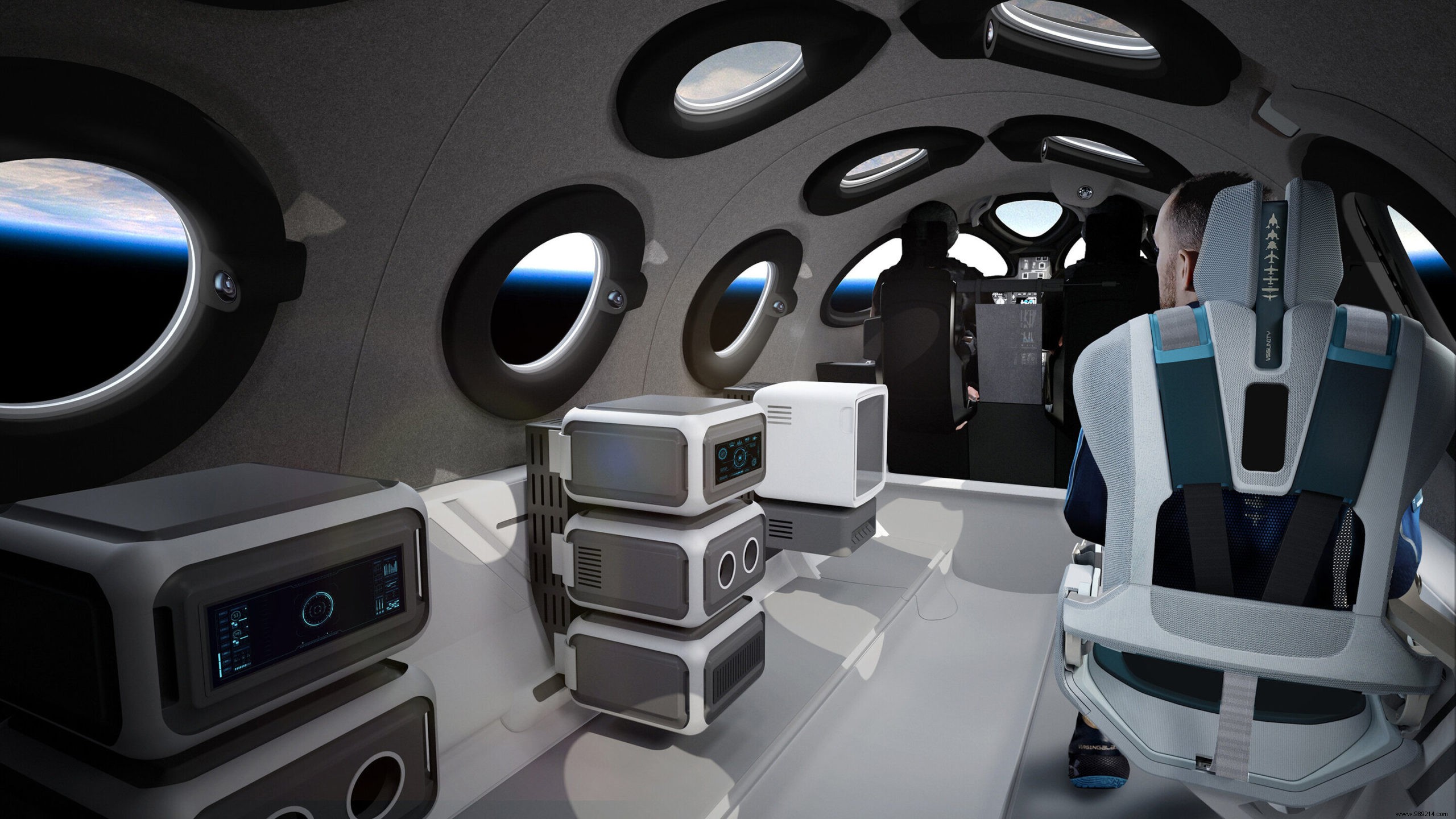A few days ago, Virgin Galactic announced that its founder, the British billionaire Sir Richard Branson, would attempt to reach space on July 11 with his crew, i.e. nine days before Jeff Bezos, the founder of the company Blue Origin. But will they actually reach space?
Virgin Galactic is set to launch a first crewed mission this Sunday, July 11, 2021. The flight will take place aboard the VSS Unity, a suborbital aircraft. The latter will first be transported to high altitude by a carrier aircraft, the WhiteKnightTwo, before being dropped to continue its ascent. The objective will be to reach an altitude of 80 km. The crew, made up of two pilots and four mission specialists, including Richard Branson, will then be able to experience four minutes of weightlessness before descending to Earth.
The question then arises:can we really reach space at an altitude of 80 kilometers? According to NASA, Federal Aviation Administration (FAA), and US military standards, the answer is yes. All these organizations consider that outer space begins beyond this limit. However, there is another widely recognized border:the Kármán line, usually placed at 100 km altitude .
In fact, Virgin Galactic's main competitor in the suborbital tourism market, Blue Origin, did not hesitate to point out the difference, recalling in passing that its launcher, the New Shepard, would greatly exceed this limit. "We wish them a good, safe flight, but they're not flying over the Kármán line, and it's a very different experience “, in particular told the Times the CEO of Blue Origin, Bob Smith.
During an interview with National Public Radio (NPR) that aired this Wednesday, July 7, Branson dismissed that remark, pointing out that NASA and the FAA recognize the limit of 80km. In addition, "the real difference in experience will be almost non-existent “, he said, noting that passengers will get about as much weightless time aboard the VSS Unity as they do aboard the New Shepard.

The 80km limit is also supported by Jonathan McDowell, a noted astrophysicist and satellite tracker based at the Harvard-Smithsonian Center for Astrophysics, who argued for its adoption in a 2018 paper.
And for good reason, in the middle of the last century, the American-Hungarian physicist Theodore von Kármán argued that this famous limit of 100 km marked the zone where the forces of orbital dynamics exceeded those of aerodynamics. However, according to the original definition of von Kármán, we now know that this limit is located between 70 km and 90 km above our heads. Thus, a line set at 80 km represents an excellent compromise.